New research progresses on the mechanism of polyploidy heterosis in wheat
Recently, a research team at the Institute of Crop Science (ICS), Chinese Academy of Agricultural Sciences (CAAS) research led by Dr. Mao Long revealed novel insight on the polyploidy heterosis using newly synthesized allohexaploid wheat.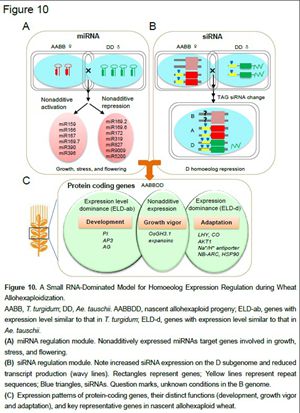 Heterosis has been widely used in the production of crops, such as rice, corn, and brassica for a long time. But, the molecular mechanism on the formation of heterosis varied depending on the plant system utilized by the researcher and no consensus has been so far achieved. Dr. Mao’s laboratory teamed up with Professor Dengcai Liu’ laboratory at Sichuan Agricultural University and the bioinformatics company Novogene, took advantage of the newly synthesized allohexaploid wheat that can be generated by crossing tetraploid wheat (Triticum turgidum, AABB genome) and diploid wild goatgrass (Aegilops tauschii, AA genome) and chromosome doubling. The newly formed allohexaploid wheat has heterosis fixed in them because the polyploidization leads to genetic homogeneity. They then performed mRNA transcriptome analyses in nascent allohexaploid wheat and its following generations, their progenitors, and the natural allohexaploid cultivar Chinese Spring. With the assistance of recently published A and D genome sequences for analysis, the team found that nonadditively expressed protein-coding genes were rare but relevant to growth vigor. Moreover, a high proportion of protein-coding genes exhibited parental expression level dominance, with genes for which the total homoeolog expression level in the progeny was similar to that in T. turgidum potentially participating in development and those with similar expression to that in Ae. tauschii involved in adaptation. These data provide genome level evidence regarding the possible molecular mechanisms of the contribution of parental genomes to the progenitors exhibiting heterosis, such as vigorously growing seedlings and larger kernel in the newly synthesized hexaploid wheat when compared with their tetraploid and diploid progenitors.
Heterosis has been widely used in the production of crops, such as rice, corn, and brassica for a long time. But, the molecular mechanism on the formation of heterosis varied depending on the plant system utilized by the researcher and no consensus has been so far achieved. Dr. Mao’s laboratory teamed up with Professor Dengcai Liu’ laboratory at Sichuan Agricultural University and the bioinformatics company Novogene, took advantage of the newly synthesized allohexaploid wheat that can be generated by crossing tetraploid wheat (Triticum turgidum, AABB genome) and diploid wild goatgrass (Aegilops tauschii, AA genome) and chromosome doubling. The newly formed allohexaploid wheat has heterosis fixed in them because the polyploidization leads to genetic homogeneity. They then performed mRNA transcriptome analyses in nascent allohexaploid wheat and its following generations, their progenitors, and the natural allohexaploid cultivar Chinese Spring. With the assistance of recently published A and D genome sequences for analysis, the team found that nonadditively expressed protein-coding genes were rare but relevant to growth vigor. Moreover, a high proportion of protein-coding genes exhibited parental expression level dominance, with genes for which the total homoeolog expression level in the progeny was similar to that in T. turgidum potentially participating in development and those with similar expression to that in Ae. tauschii involved in adaptation. These data provide genome level evidence regarding the possible molecular mechanisms of the contribution of parental genomes to the progenitors exhibiting heterosis, such as vigorously growing seedlings and larger kernel in the newly synthesized hexaploid wheat when compared with their tetraploid and diploid progenitors.
The team also found that a high proportion of microRNAs were nonadditively expressed upon polyploidization, potentially leading to differential expression of important target genes involved in growth, flowering, and environmental adaptation. Furthermore, increased small interfering RNA density was observed for transposable element–associated D homoeologs in the allohexaploid progeny, which may account for biased repression of D homoeologs. Together, these data provide insights into small RNA–mediated dynamic homoeolog regulation mechanisms that may contribute to heterosis in nascent hexaploid wheat. These findings broadened our understanding on the mechanism of heterosis in crops.
The work is published online in 'The Plant Cell', a top international journal in plant sciences, and is further highlighted by the journal as an “In Brief”. This work is partially funded by the National '863' program and the Natural Science Foundation of China.
-
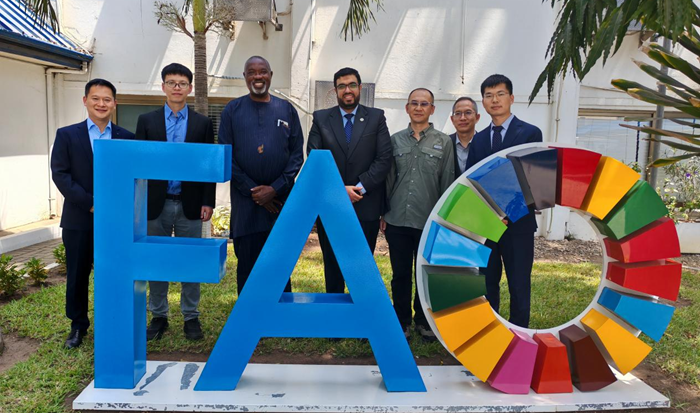 Mar 21, 2025Experts from IPPCAAS Implement FAO-China South-South Cooperation Project to Advance Sustainable Fall Armyworm Management in Ghana
Mar 21, 2025Experts from IPPCAAS Implement FAO-China South-South Cooperation Project to Advance Sustainable Fall Armyworm Management in Ghana -
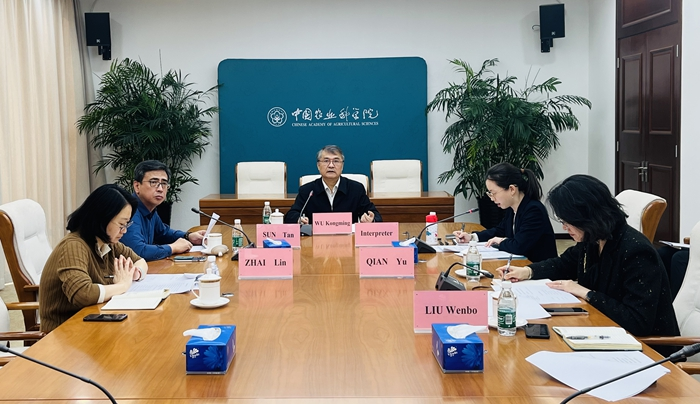 Mar 13, 2025CAAS and CGIAR Deepen Strategic Cooperation
Mar 13, 2025CAAS and CGIAR Deepen Strategic Cooperation -
 Mar 11, 2025Call for Logo Design Proposals for the China-Africa Agricultural Science and Technology Innovation Alliance (CAASTIA)
Mar 11, 2025Call for Logo Design Proposals for the China-Africa Agricultural Science and Technology Innovation Alliance (CAASTIA) -
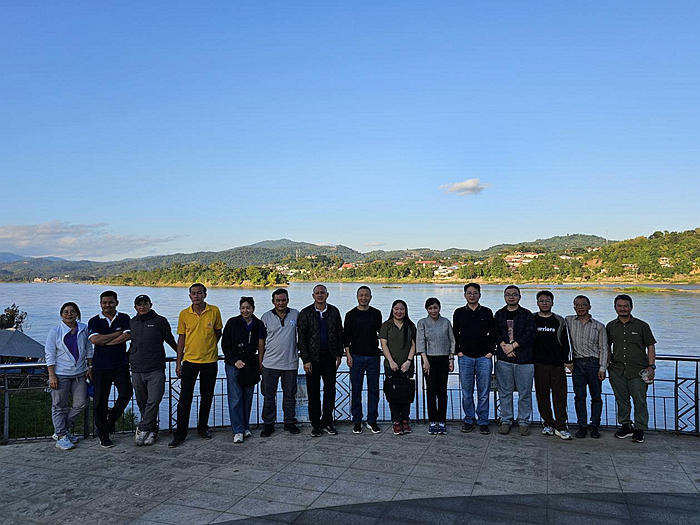 Jan 21, 2025IAED-CAAS Delegation Visits Thailand for Scientific Cooperation
Jan 21, 2025IAED-CAAS Delegation Visits Thailand for Scientific Cooperation -
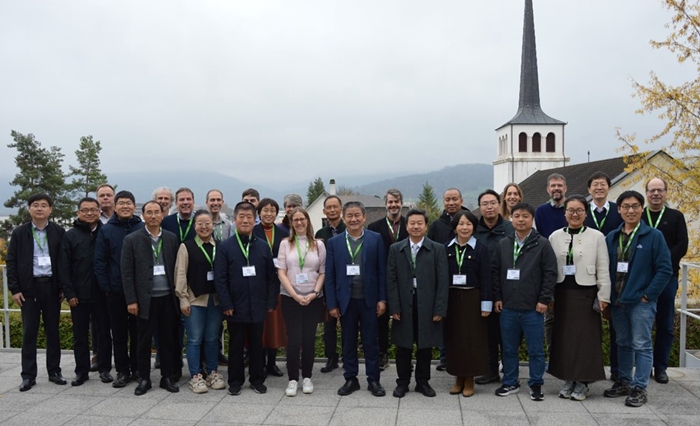 Dec 05, 2024China-CABI Project Development Workshop Held in Delémont, Switzerland
Dec 05, 2024China-CABI Project Development Workshop Held in Delémont, Switzerland
